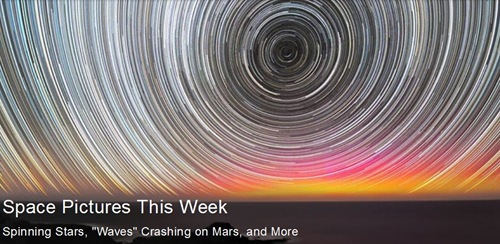
Space Pictures This Week: Aurora, Sandy Fallout, More
By National Geographic News, 12 November 2012.
By National Geographic News, 12 November 2012.
1. Star Wheel
A long-exposure picture - recently posted to the night-sky photography community The World at Night (TWAN) - captures the stars' nightly swirl while auroras set the horizon aglow over Australia's Mornington Peninsula.
Auroras are born when the sun sends charged particles, known as solar wind, speeding toward Earth's atmosphere, where they slam into oxygen and nitrogen atoms in the ionosphere above the planet's magnetic North and South Poles. The energy released by these collisions creates glowing colours some 60 to 620 miles (97 to 1,000 kilometres) aloft.
2. Marquise-Cut Nebula
Shown in a picture released November 8 by the ESO Very Large Telescope team, the Fleming 1 planetary nebula's remarkably symmetrical jets and other structures have long puzzled observers. New research suggests that the orbital dance of twin white dwarf stars at the centre of the nebula may be the engine behind the arrangement.
So-named because 18th-century stargazers using early telescopes mistook the bodies for gas-giant planets, planetary nebulae are glowing shells of gas and dust thrown off by dying stars, such as white dwarfs.
3. A Town Divided
It's obvious even from 7,500 feet (2,286 meters) that the barrier-island town of Mantoloking, New Jersey, may never be the same. On October 29, during superstorm Sandy, a storm surge punched a hole through the slender island, with the effects visible in this October 31 aerial picture.
Sandy shut down the $25-million Mantoloking Bridge and wiped out entire blocks. Parts of the town were set ablaze by damaged natural gas lines. (See "After Sandy: The Future of Boardwalks.")
4. Star-Stuffed
Seen in a composite picture released November 7, the star cluster Cygnus OB2 - the closest massive stellar nursery to Earth - glows with the energy of hundreds of young stars.
For the picture, NASA's Chandra X-ray Observatory stared across some 5,000 light-years and captured 1,500 stars pumping out x-rays (shown in blue). The Spitzer Space Telescope offered infrared imagery (red), and the Earth-based Isaac Newton Telescope provided optical wavelength-views (orange). (See the same view in x-ray, infrared, or optical wavelengths.)
5. Not Dead Yet
It may look like a Hollywood sci-fi explosion, but galaxy NGC 5010 is actually going through a long, nonviolent evolution from a spiral galaxy, like our Milky Way, to a more mature, "red and dead" elliptical shape.
Released November 5, the violet and infrared Hubble Space Telescope image shows NGC 5010's predominance of old, red stars. And the picture's edge-on perspective reveals both the galaxy's crumbling spiral arms and its rounding shape. (Hubble Pictures: Top Five Hidden Treasures.)
6. Martian Whitecaps
Water on Mars? Not quite. The crashing "waves" in this HiRISE image, released November 7, are actually relatively rare examples of exposed Martian bedrock, which is usually covered by dust or sand. The exposure of sedimentary rock bands can help scientists understand how Martian rock has changed in strength and composition.
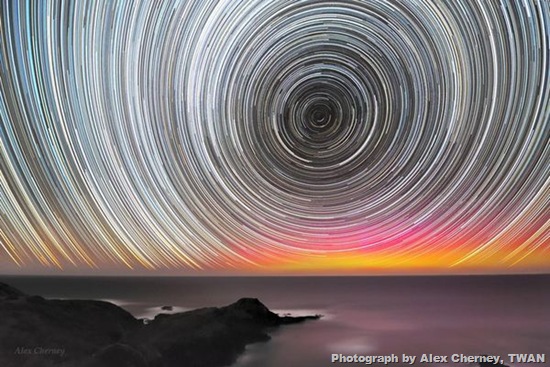
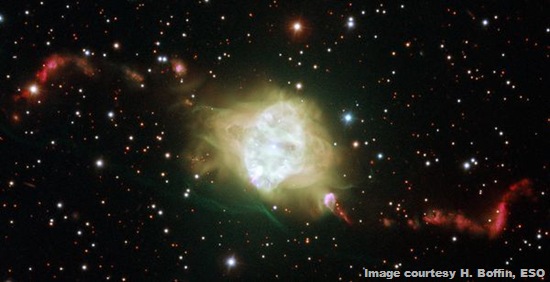
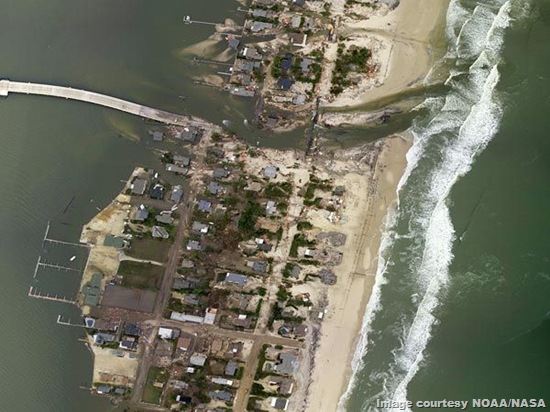
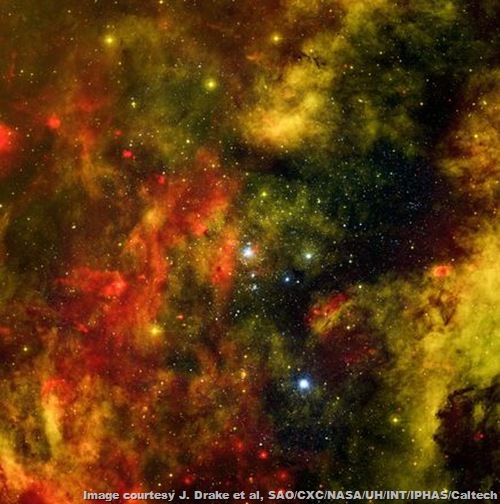
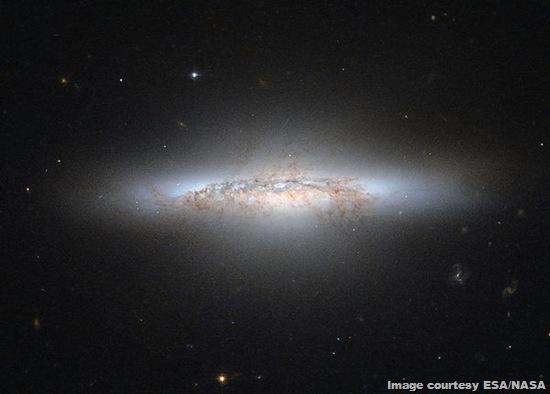
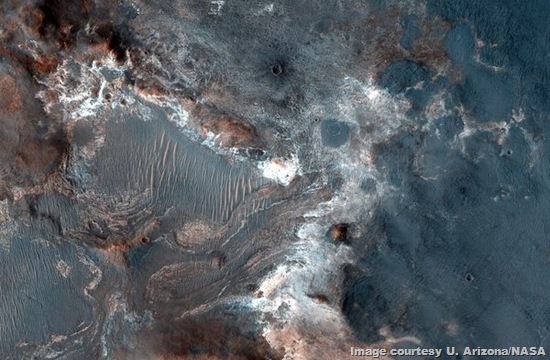
No comments:
Post a Comment
Please adhere to proper blog etiquette when posting your comments. This blog owner will exercise his absolution discretion in allowing or rejecting any comments that are deemed seditious, defamatory, libelous, racist, vulgar, insulting, and other remarks that exhibit similar characteristics. If you insist on using anonymous comments, please write your name or other IDs at the end of your message.